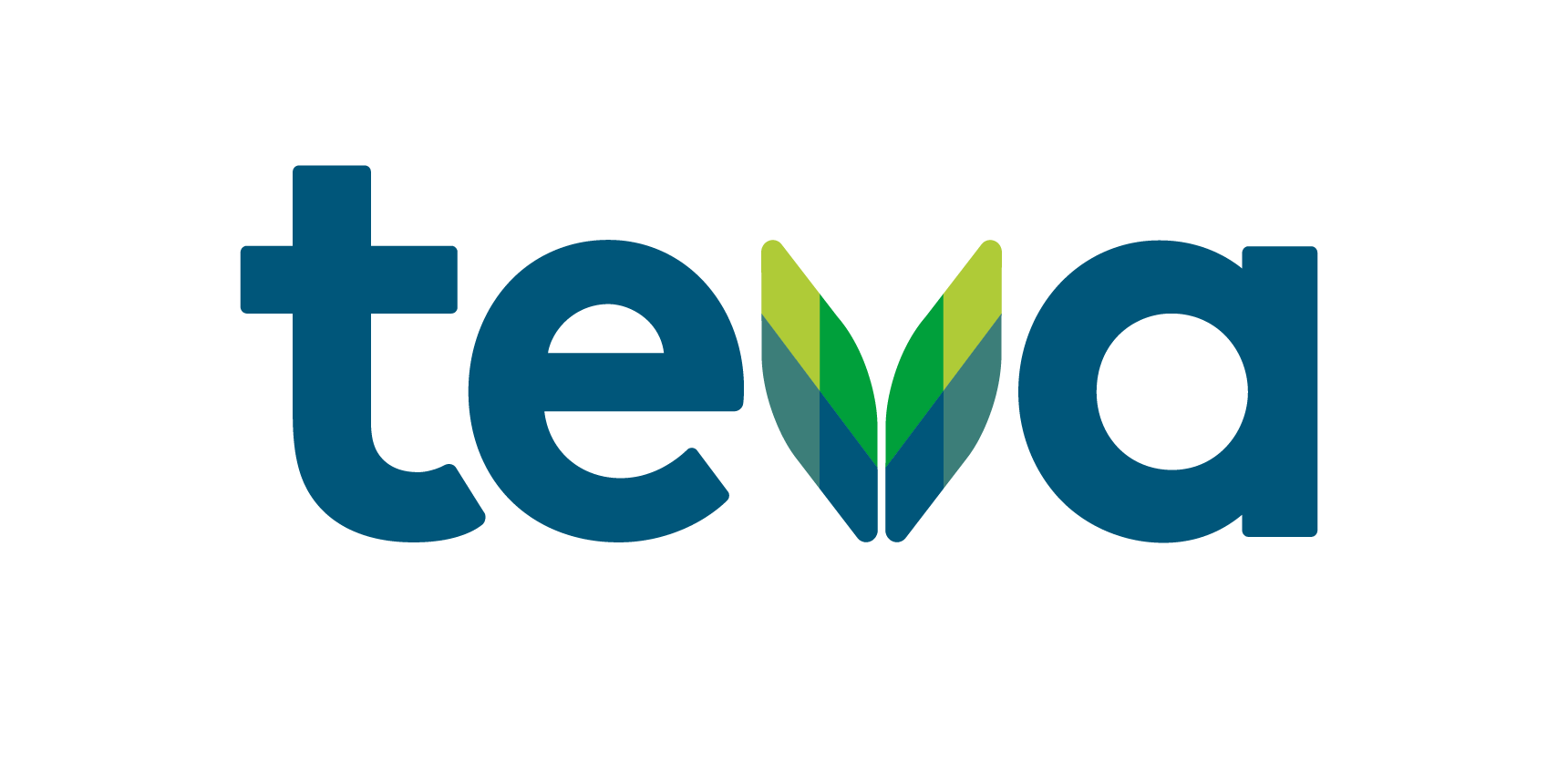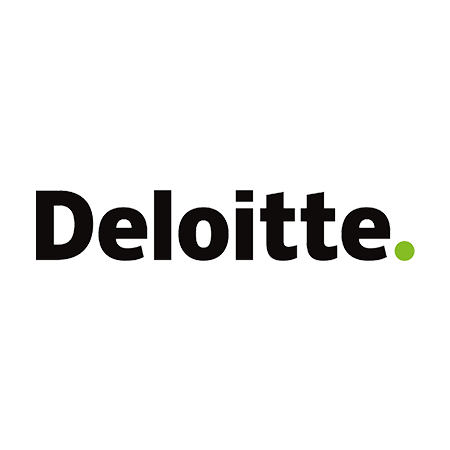The Future of Data Collection: Trends to Watch Out For

Data collection is a vital component of modern business strategy. From consumer insights to operational efficiency, data is used to drive decision-making across all industries. As technology continues to evolve, the future of data collection is set to be even more exciting, with new trends and innovations emerging all the time. In this blog post, we’ll explore the top future trends to watch out for in data collection, and how they will impact business strategy and innovation.
Internet of Things (IoT)
The Internet of Things (IoT) is already transforming the way we collect and use data. IoT devices, such as sensors, wearables, and other connected devices, are increasingly being used to collect data in real-time. This data can be used to track everything from the performance of industrial equipment to the health of individuals. With the increased adoption of 5G networks, the potential for real-time data collection will only continue to grow. For businesses, IoT will provide a wealth of opportunities to collect real-time data and create new products and services.
Artificial Intelligence (AI) and Machine Learning (ML)
AI and ML are already revolutionizing the way we analyze data. In the future, they will also play a key role in data collection. AI and ML algorithms can be used to automatically collect data from a wide range of sources, including social media, web traffic, and customer feedback. These algorithms can also be used to analyze this data in real-time, providing businesses with valuable insights that can be used to improve their products, services, and marketing strategies. AI and ML will continue to shape the future of data collection, with businesses using these technologies to collect and analyze data in new and innovative ways.
Blockchain
Blockchain technology has the potential to revolutionize data collection by providing a secure and transparent way to store and share data. With blockchain, data can be stored in a decentralized network that is resistant to hacking and tampering. This makes it ideal for collecting sensitive data, such as medical records, financial data, and personal information. For businesses, blockchain will provide new opportunities to collect and store data securely, and will also help to build trust with customers who are increasingly concerned about data privacy.
Edge Computing
Edge computing is a new approach to data collection that involves processing data closer to its source. This can be done using small, low-power devices that are placed close to the source of the data, such as sensors or cameras. By processing data at the edge of the network, businesses can reduce latency and improve the speed and accuracy of their data collection. Edge computing will be particularly useful for businesses that need to collect data in remote or challenging environments, such as oil rigs or mining sites.
Social Media Listening
Social media listening involves monitoring social media channels for mentions of a brand or product. This data can be used to track consumer sentiment, identify emerging trends, and improve customer service. With the increasing popularity of social media, social media listening is becoming an increasingly important tool for businesses looking to stay ahead of the competition. By monitoring social media conversations, businesses can collect valuable data on consumer preferences and needs, and use this information to shape their products and services.
Wearable Technology
Wearable technology, such as smartwatches and fitness trackers, are increasingly being used to collect data about individuals. This data can be used to track health and fitness, monitor sleep patterns, and even measure stress levels. With the increasing popularity of wearable technology, the potential for data collection in this area is enormous. For businesses, wearable technology provides new opportunities to collect data on consumer behavior and preferences, and to create products and services that meet their needs.
Voice Search and Recognition
Voice search and recognition technology are rapidly becoming more accurate and reliable. As a result, they are increasingly being used to collect data, particularly in the area of customer service. Voice search and recognition can be used to collect data on customer queries, complaints, and feedback, providing businesses with valuable insights into their customers’ needs and preferences.
Augmented and Virtual Reality
Augmented and virtual reality technologies are becoming increasingly popular in a wide range of industries, from gaming to healthcare. These technologies can also be used to collect data, particularly in the area of consumer behavior. For example, augmented reality can be used to track how customers interact with products in a virtual environment, providing businesses with valuable insights into how to improve their products and services.
In conclusion, the future of data collection is an exciting one, with new technologies and trends emerging all the time. From IoT devices and AI algorithms to blockchain and voice recognition, businesses and organizations will need to stay ahead.













